The name of the trail may seem a bit foreign to you, and maybe you are not so far from the truth. Trutg dil Flem is in fact the name in Romansh, one of the four official languages of Switzerland. This is the language spoken in the canton of Graub¨unden, where you will find this particular route, which translates as “riverside trail”. That’s because the Trutg dil Flem is a route that follows the Flem River almost from its source to the village of Flims. Along the way, you’ll cross seven bridges designed by the famous Graubünden bridge builder Jürg Conzett, bringing natural phenomena such as waterfalls and watermills almost within reach, while enjoying the sight of bizarre rock formations in the gorges.
[AD: the tickets were complimentary together with our hotel stay in rocksresort Laax]Trutg dil Flem
In the spring of 2014, the Trutg dil Flem trail was awarded the main prize of the Prix Rando 2014 by the Swiss Hiking Trails Association. This prize is considered one of the most important awards in the world of hiking in Europe. The unique mountain hiking trail along the River Flem convinced the jury thanks to its combination of art, technology and nature.*
Starting point – Bergbahnen Flims
The starting point is the valley station of the chairlift in Flims. From rocksresort Laax you can get here by yellow-red shuttle bus 101 (stop Flims Dorf, Bergbahnen) or by post-bus line 101.
Opening hours and prices
The operating hours of the Flims-Foppa chairlift are from 23 April to 24 October 2021 from 9.00 – 17.30 daily. The operating hours of the connecting chairlift Foppa-Naraus are from 29 May to 24 October 2021 daily from 9.15 a.m. – 5.15 p.m.
From 28 October to 28 November 2021, both cable cars operate from Thursday to Sunday from 9am to 4.15pm. More information here.
For this route, you will need a one-way ticket for the Flims – Naraus chairlift (transfer at the Foppa intermediate station). The price for an adult is CHF 29, for children 6-17 years CHF 14,50. If you have a Guest Card, you will receive a 5% discount.
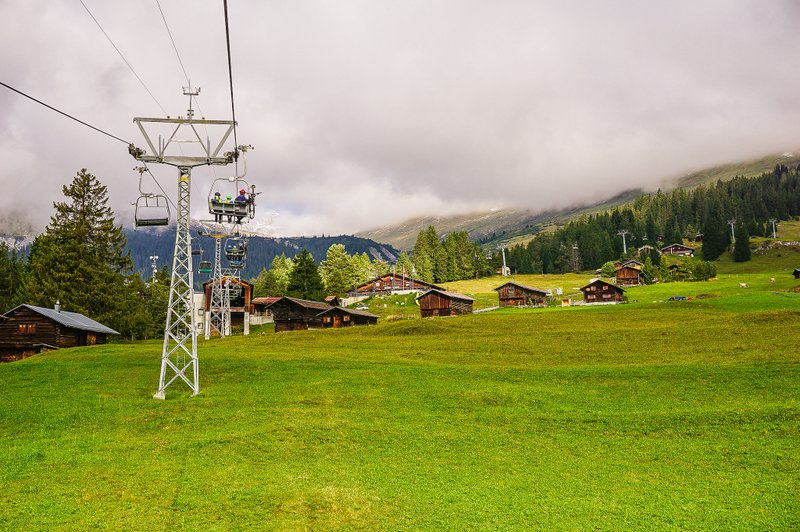
Suggested routes of Trutg dil Flem
The total length of the Trutg dil Flem is over 13 kilometers. It is numbered 764 in the local signage. In order to make the route more accessible to less experienced hikers, you can choose from a number of options as to which way you want to go. You can find the entire route, for example, on the Schweizmobil website here.
We chose option 2 for our hike: from the top station of the Naraus chairlift to the first bridge at Punt Desch to the village of Flims. We had originally considered the whole route, but the weather was not ideal and we would have walked the first 5 kilometers in a total fog. In the picture below you can see how we shortened the route.
| Naraus – Abzweigung Segneshütte – Flims Talstation | 12.5 km | 4h 20min |
| Naraus – Punt Desch – Flims Talstation | 7.8km | 2h 40min |
| Alp Nagens Stalla – Segneshütte – Flims Talstation | 10.0km | 3h 40min |
| Foppa – Punta da Max – Flims Talstation | 4.8km | 1h 30 min |
Also very many guests walk from Flims uphill on the mountain.
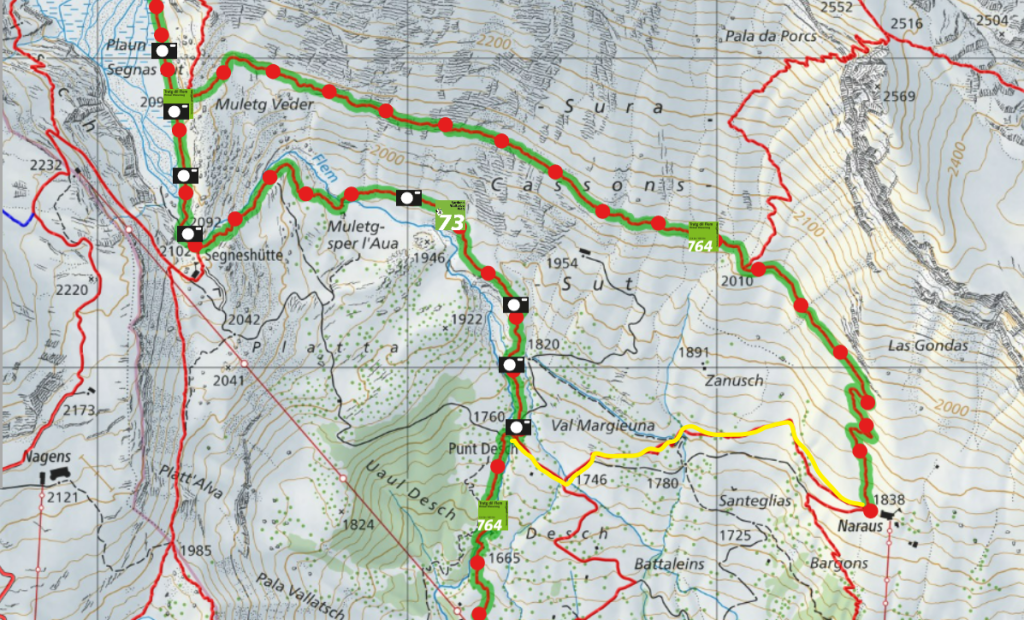
Naraus
As I wrote, there is a chairlift from Flims. The first one takes you to the station Foppa, where you have to change to the next one, which takes you to the station Naraus. If you want to walk the whole Trutg dil Flem route, you head towards Fil de Cassons/Segneshütte. We went in the direction of Punt Desch. Unfortunately, due to the fog, we didn’t see the Sardona tectonic area, which is even a UNESCO World Heritage Site.
Punt Desch
After less than a kilometer and a half, we arrived at Punt Desch, where we could already gaze in fascination at the “wonders of nature” – at the beautifully clear water that was making its way through the gorge. It is also at this point that the hiking trail crosses the one for bikers, so be careful and respect each other, as the writings on the signpost claim. Fortunately, the bicycle route goes a different way from the Trutg dil Flem route.
Oberste Brücke & Verweilbrücke
Soon we came to the first bridge “Oberste Brücke” (quite logically it is called the upper bridge 🙂 ). Just behind it, you can see the second of the bridges – Verweilbrücke. When the water level is high, you can’t cross the Oberste Brücke and you have to walk along the bank in the direction of the arrows.
Brücke Pilzfelsen & Startgels Restaurant
After less than another kilometer, when you cross another bridge – the narrow concrete Pilzfelsen Bridge – you reach the Startgels cable car station. There is also a mountain restaurant of the same name, which offers regional specialties.
Brücke Tarschlims
You can get a view like the one in the photo below when you stand on the Tarschlims wooden bridge.
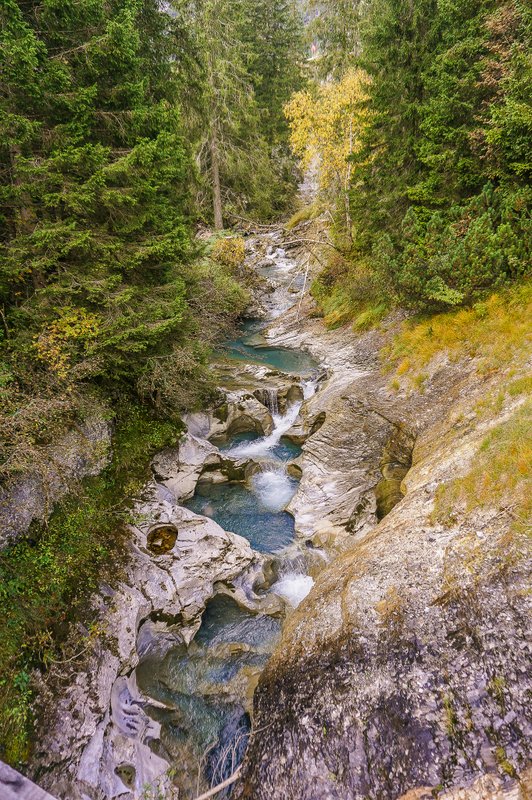
After crossing the bridge, the descent is not so steep and the river has a fairly calm flow in a wide bed. It was here that we could experience how warm (or rather cold to icy) such a mountain river is. Some brave members of our family put their feet in it as an experiment. Well, in mid-October it’s not really the best idea, but in summer this place is definitely perfect for refreshment.
Punt da Max
The last three bridges are relatively close together. After you cross the straight Punt da Max…
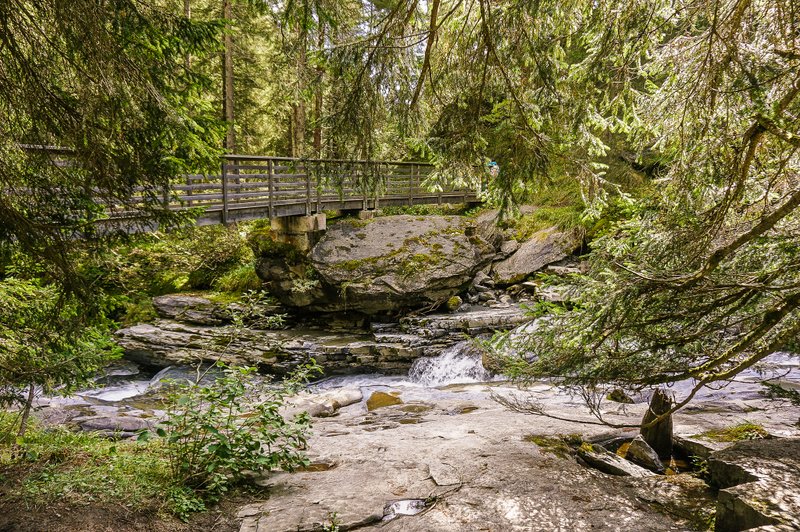
Wasserfallbrücke
…you will descend to the Wasserfallbrücke. As its name suggests, you can enjoy the view of the natural waterfalls that the river Flem creates here.
Brücke Muletg
A short distance behind the “Waterfall” bridge is the Muletg Bridge. After crossing it, you will have to zigzag up the gorge.
Punt Gronda – Sinfonia d’aua
Along the forest, you will reach Punt Gronda. Here, you will find the Sinfonia d’aua – not only a hydroelectric power station (note for technical enthusiasts: the building incorporates a state-of-the-art water supply system with two 600 m3 drinking water tanks and three turbines for CO2-free energy production) but also a kind of nature trail where information panels tell you, for example, where the drinking water in Flims comes from or the connection between snowmaking and the production of energy from environmentally friendly hydroelectric power.
Children will be impressed by the 25-meter-long fountain, while adults can relax, sit down or prepare a nice meal at the local “Grillstelle” (wood and grills are available).
There is another signpost a short distance from the bridge in the picture above. Trutg dil Flem turns right into the forest. It’s absolutely magical, I have to tell you. Every now and then I thought a wood elf would pop out of somewhere in the lush green thicket 🙂 On the other hand, here comes another steeper descent and you have to be very careful when crossing roots and rocks.
A pleasant surprise was the viewpoint where we could enjoy the view of Flims and its surroundings in autumn colors.
Summary
- The Trugt dil Flem trail is only open in the summer season and is not suitable for strollers.
- I recommend it for more experienced small hikers (the trail has a difficulty rating of T3).
- In wet conditions, there can be a risk of slipping on stones, so good hiking shoes with firm soles are recommended.




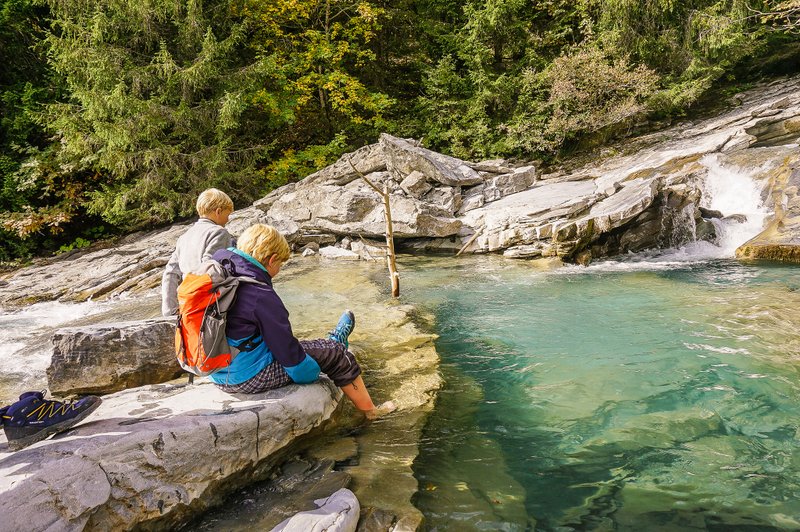
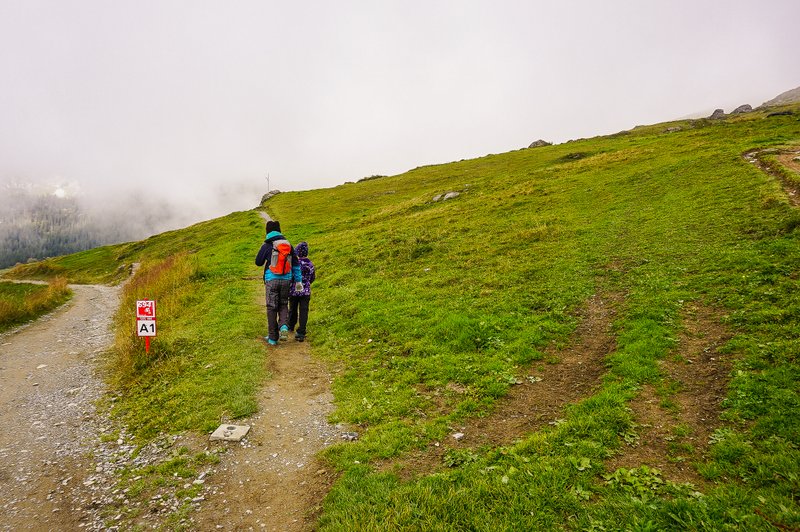
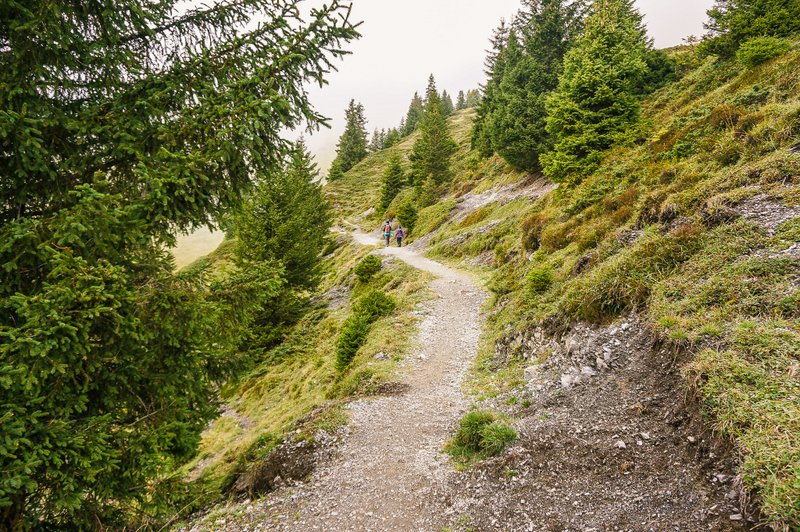
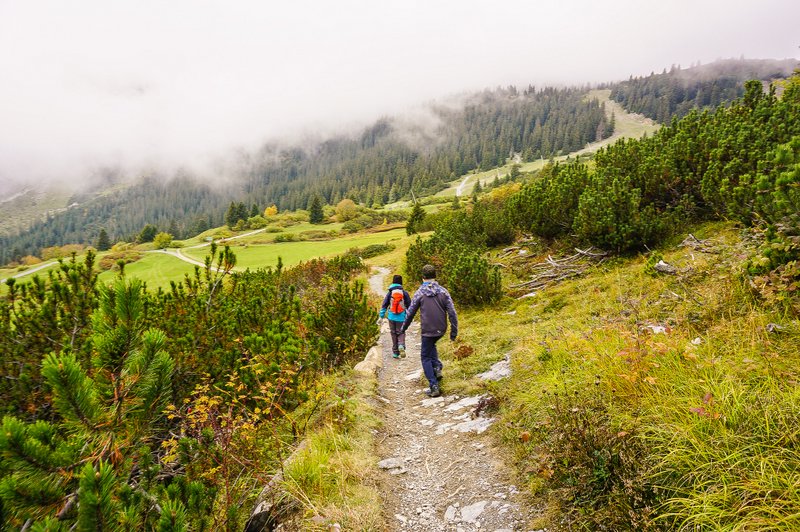
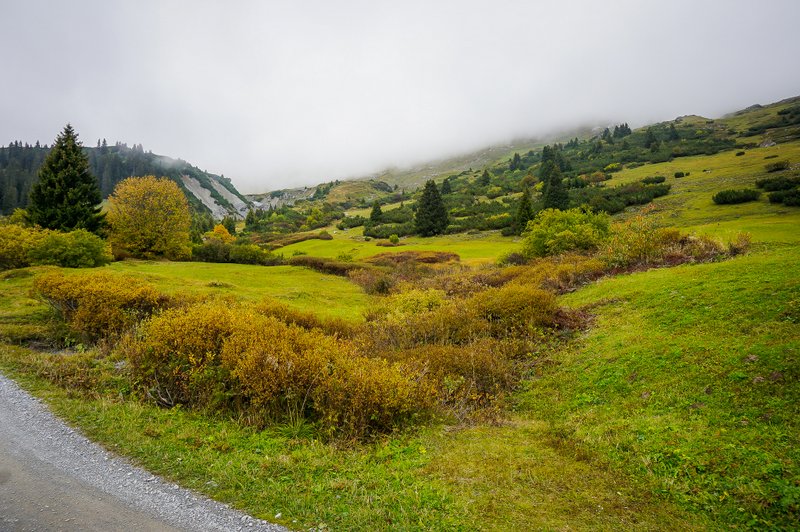
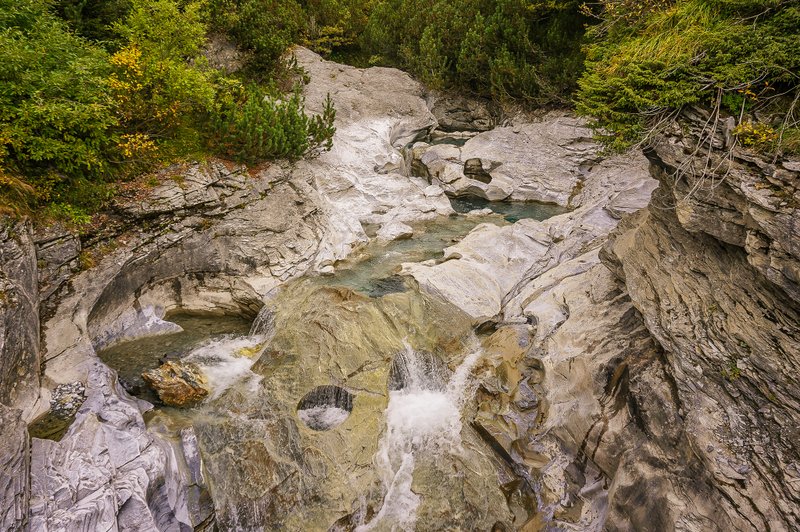
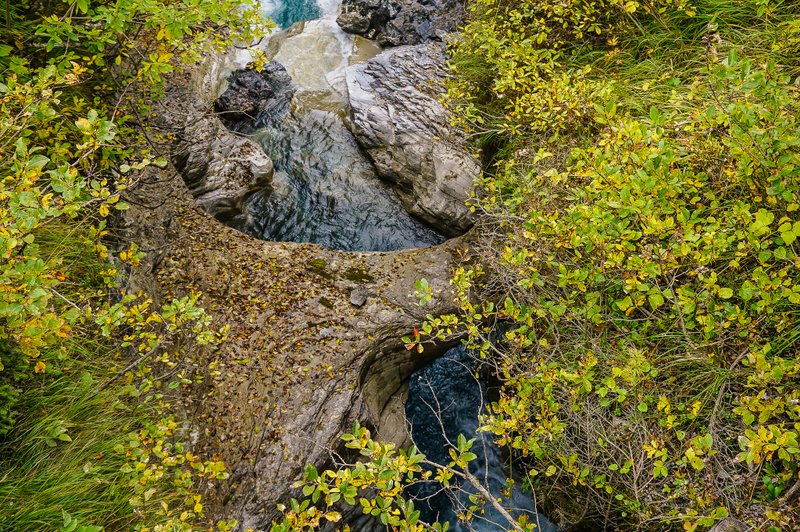
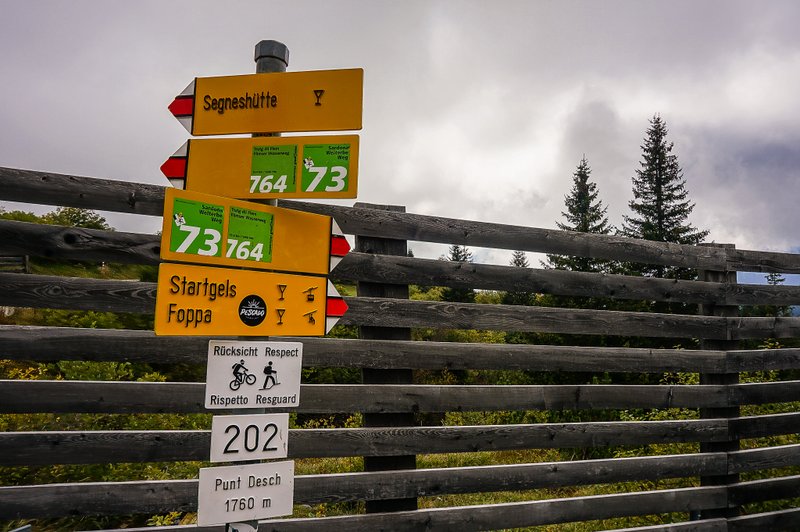
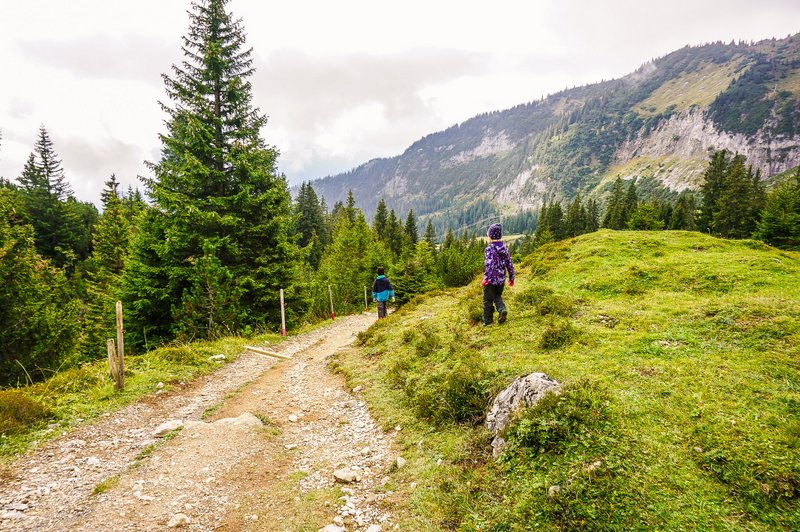
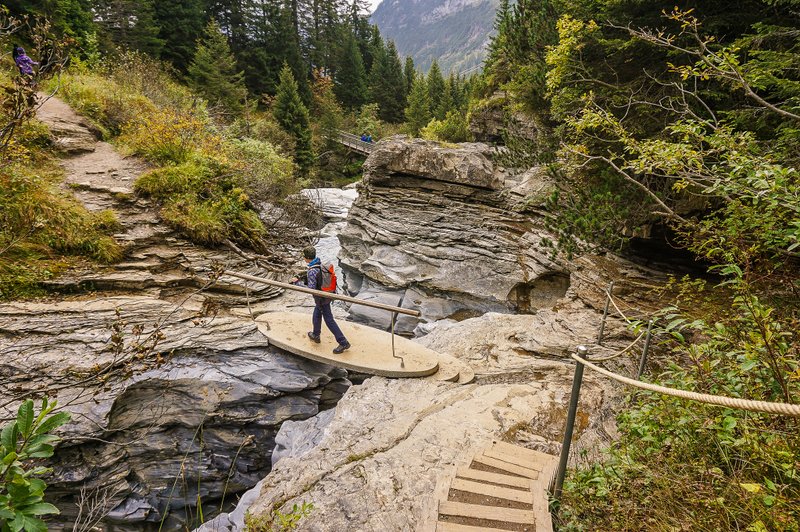
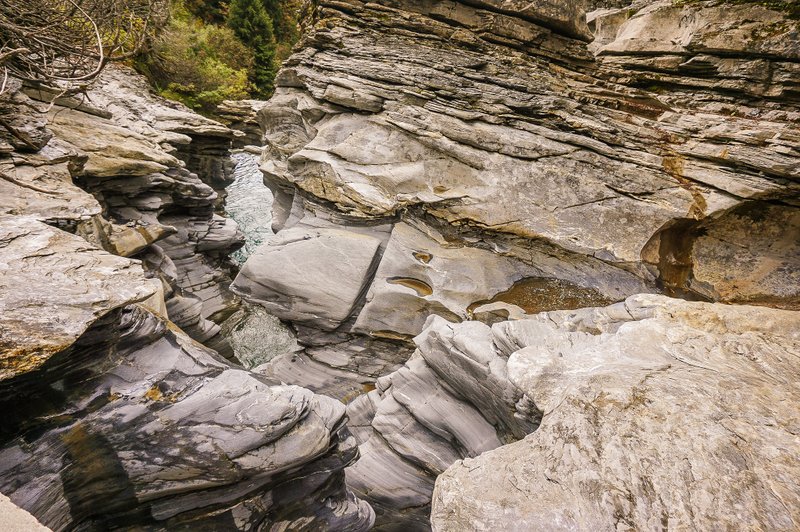
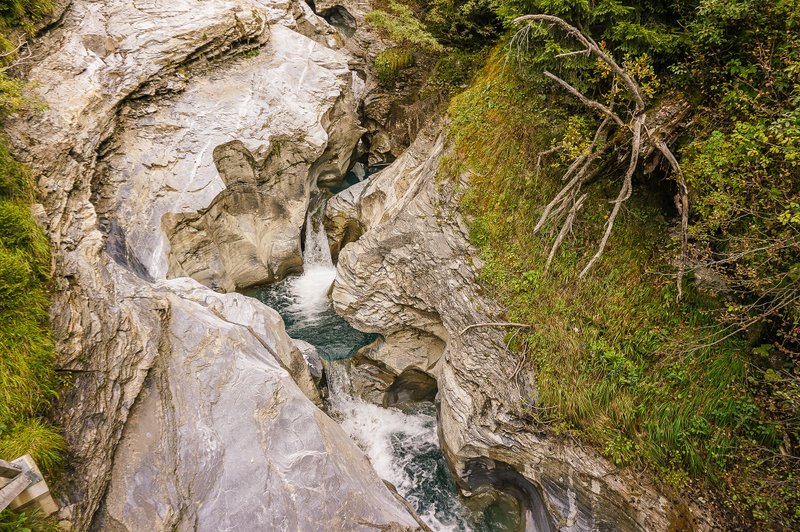
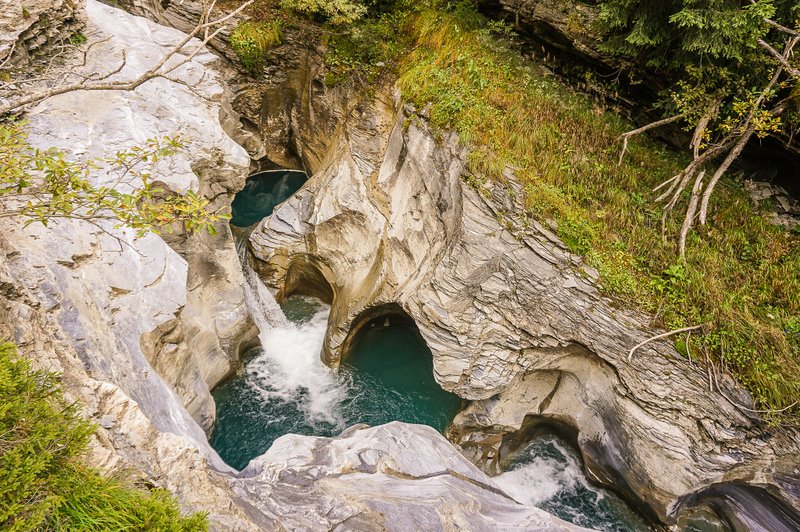
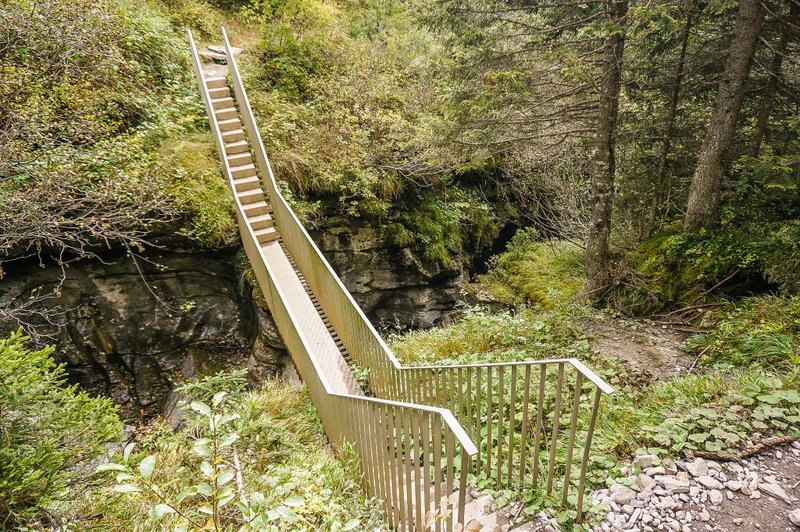
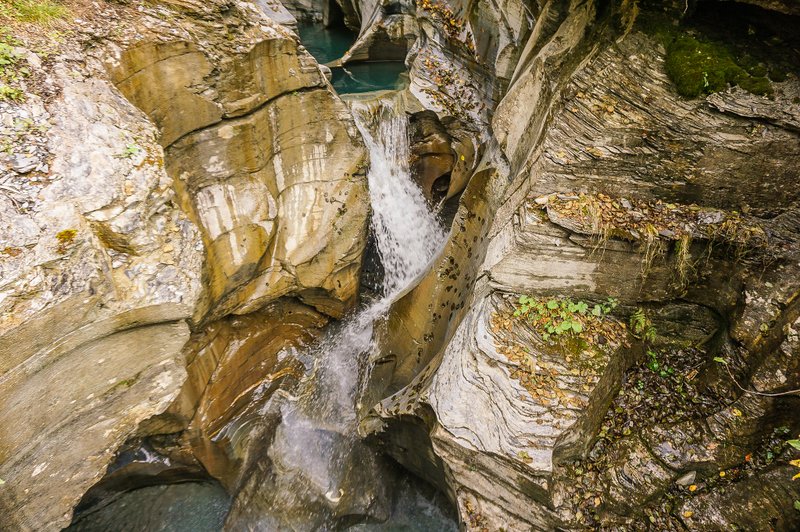
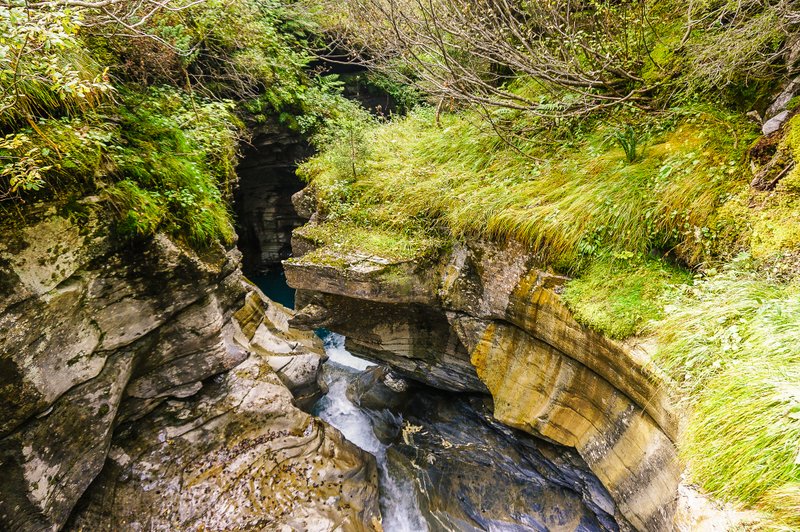
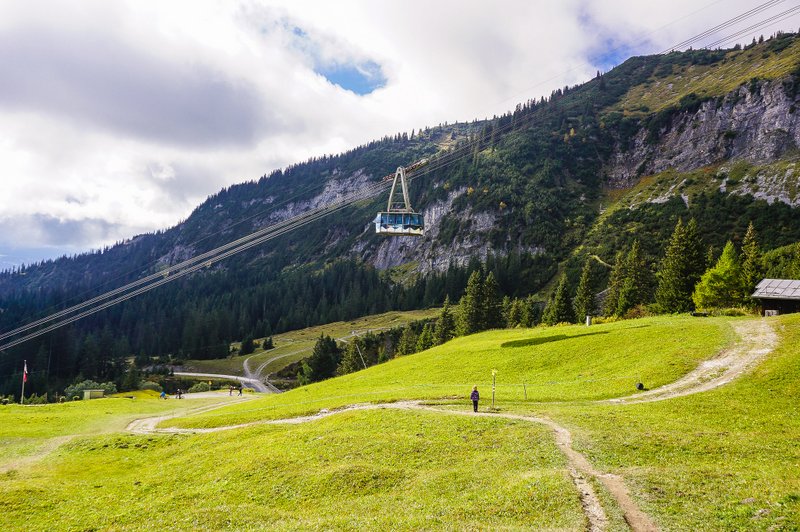
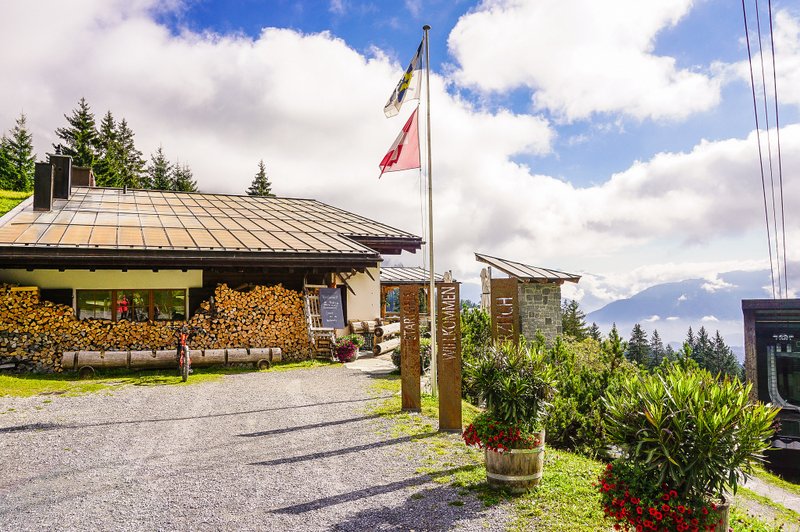
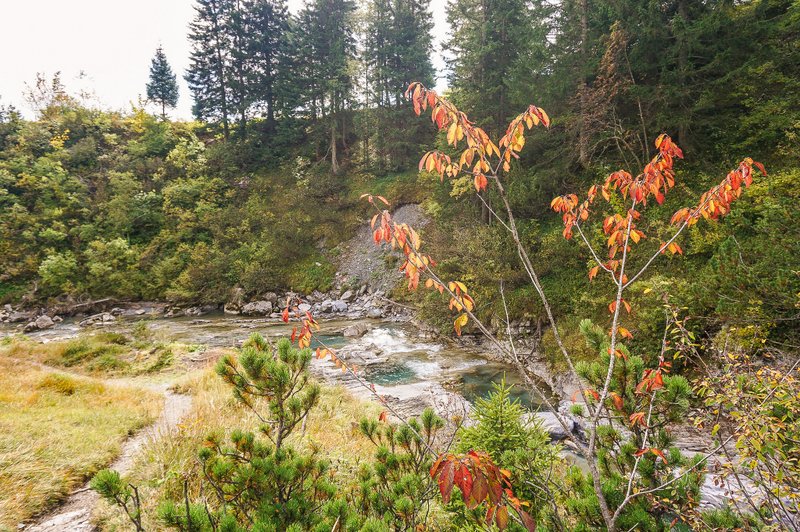
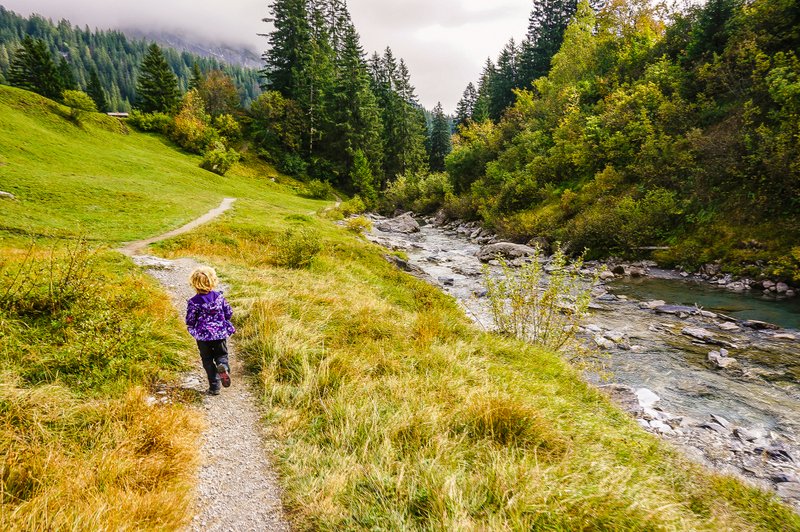
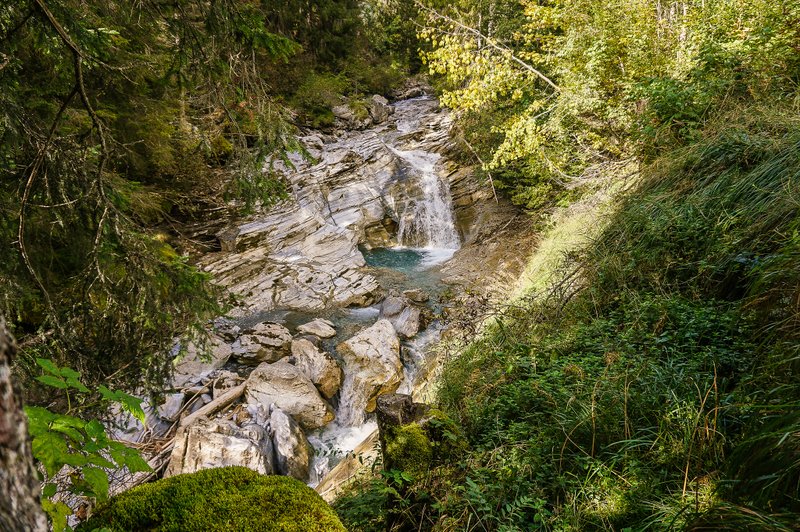
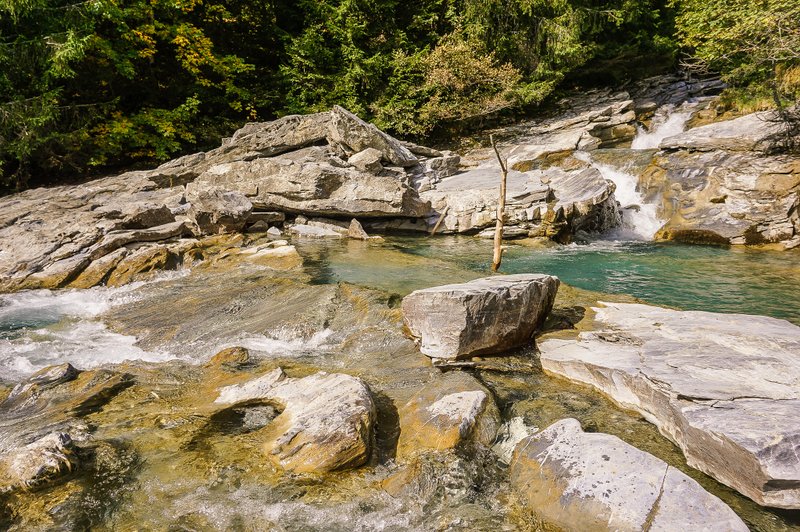
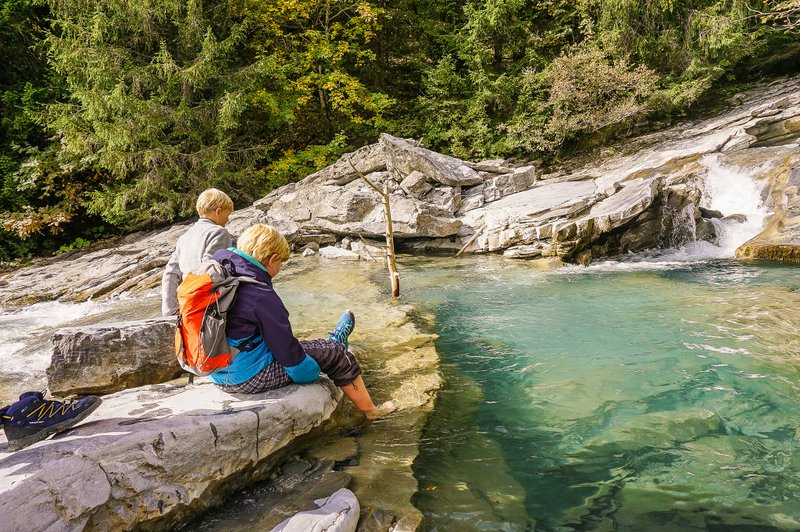
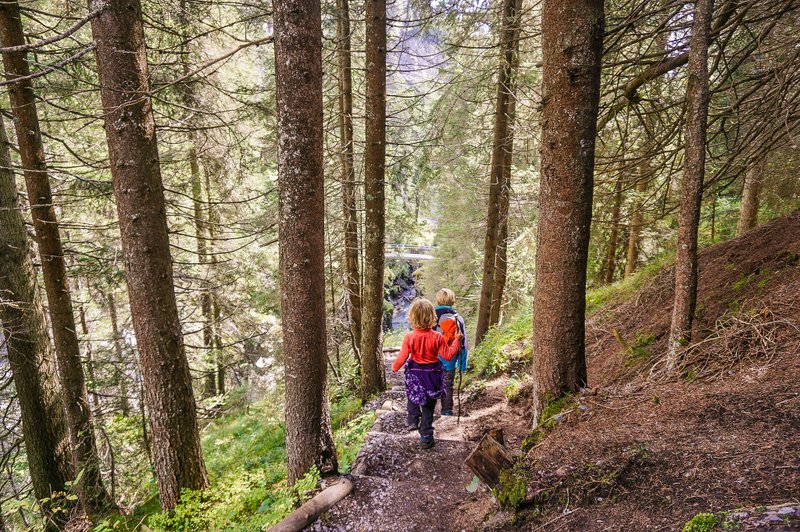
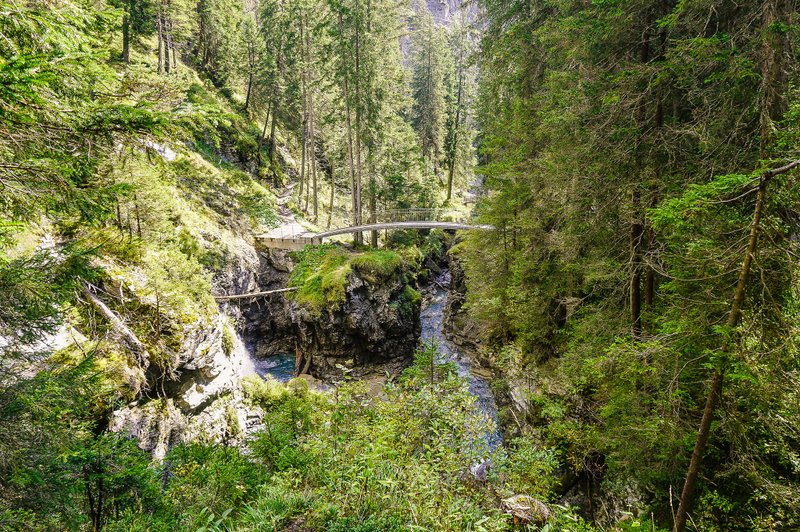
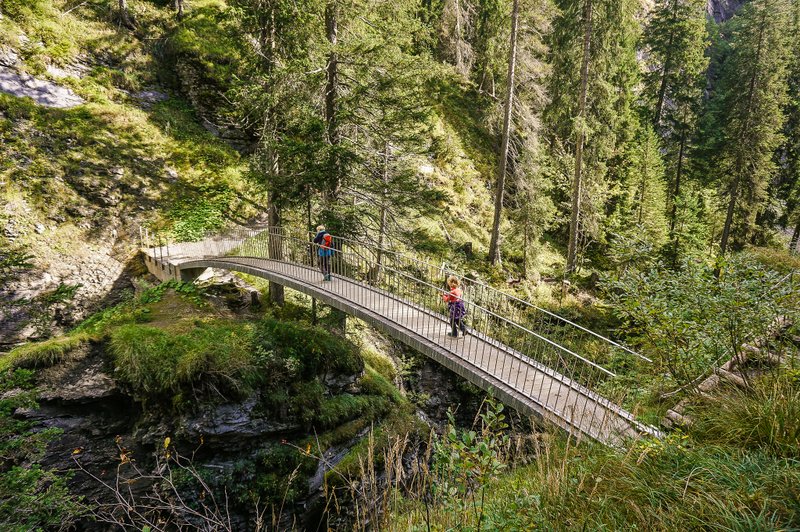
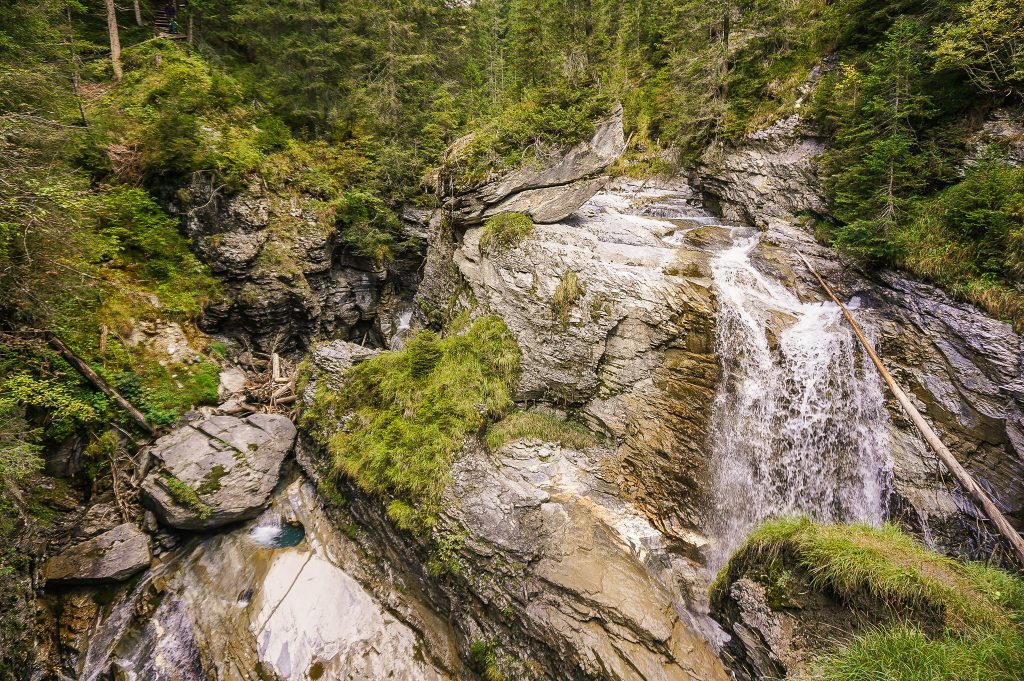
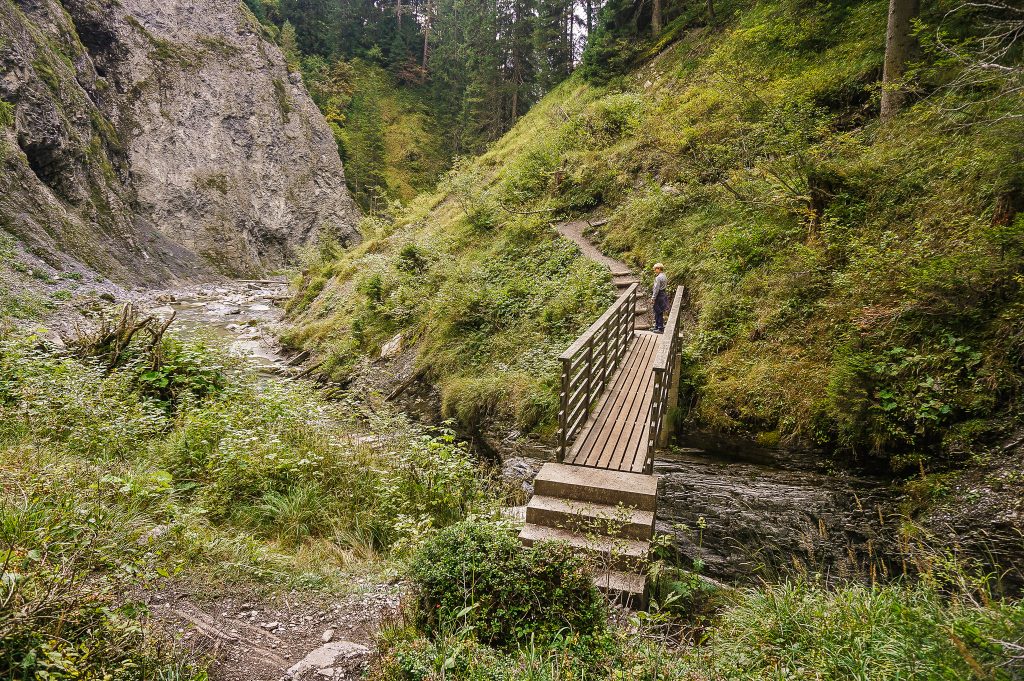
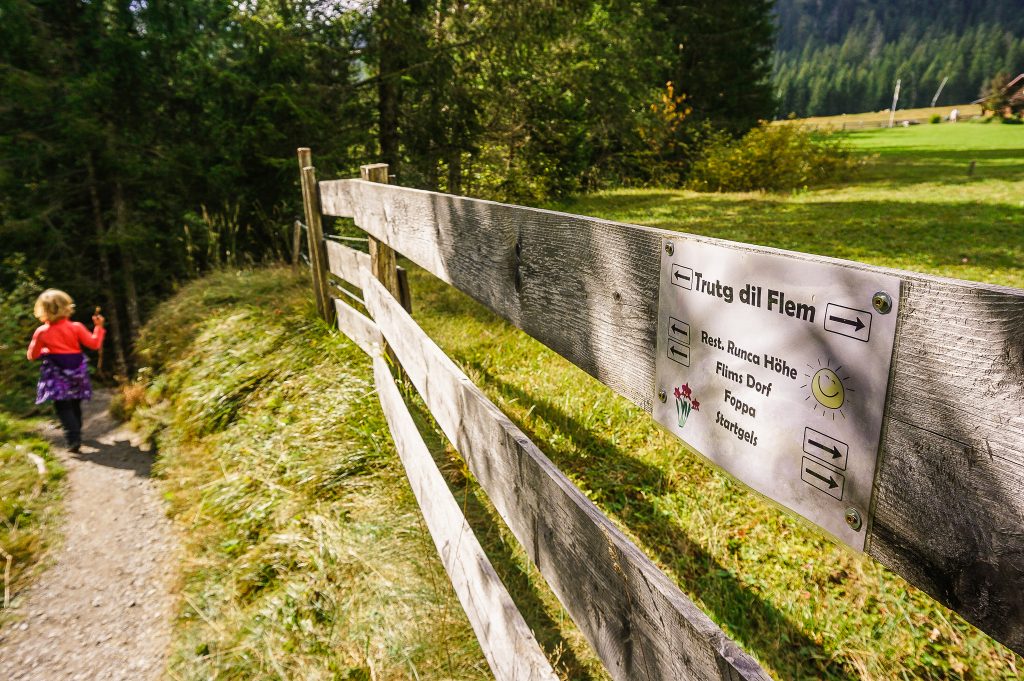
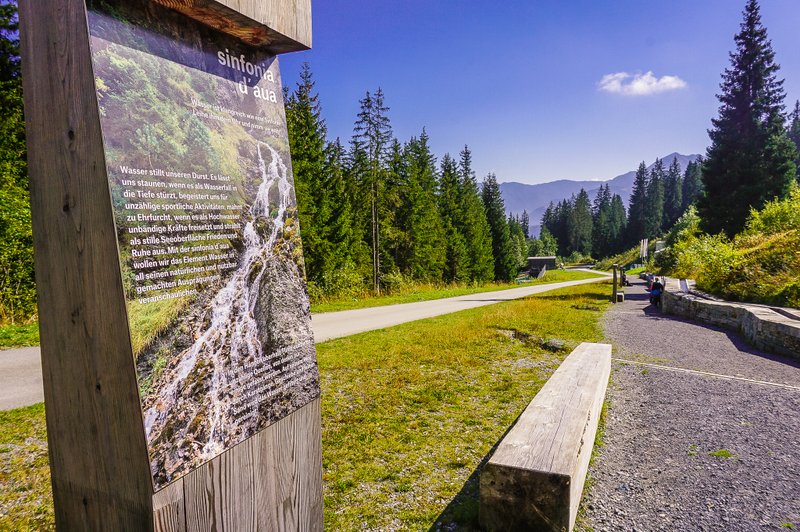
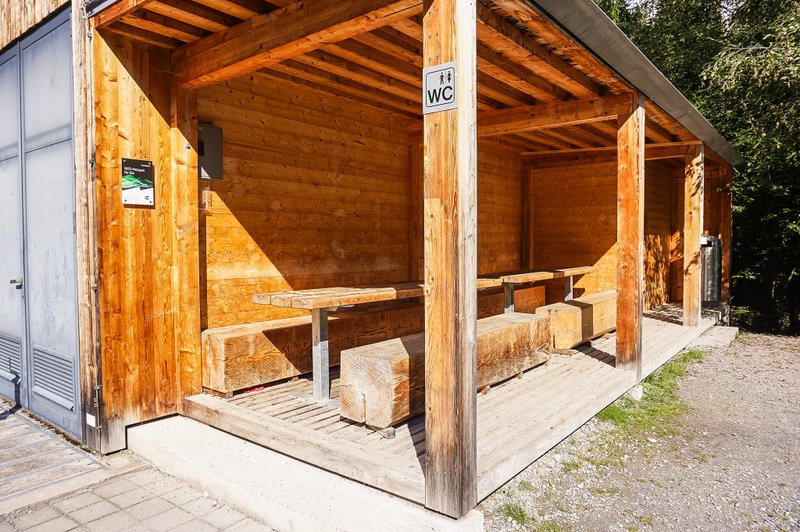
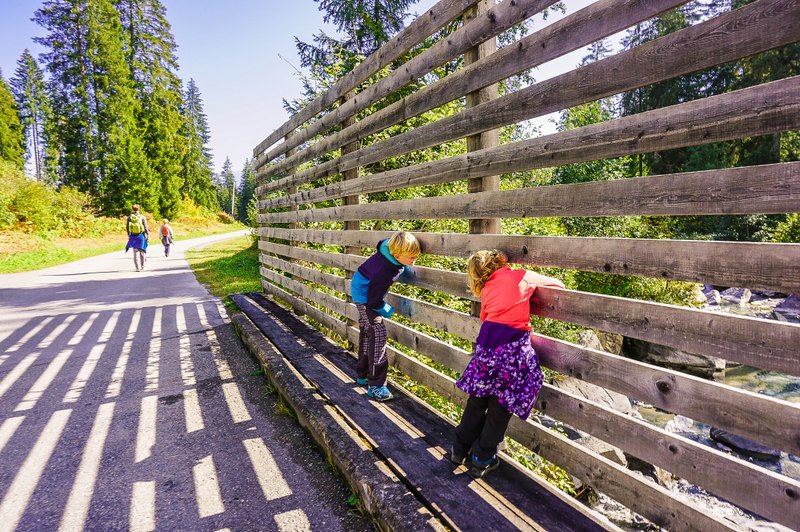
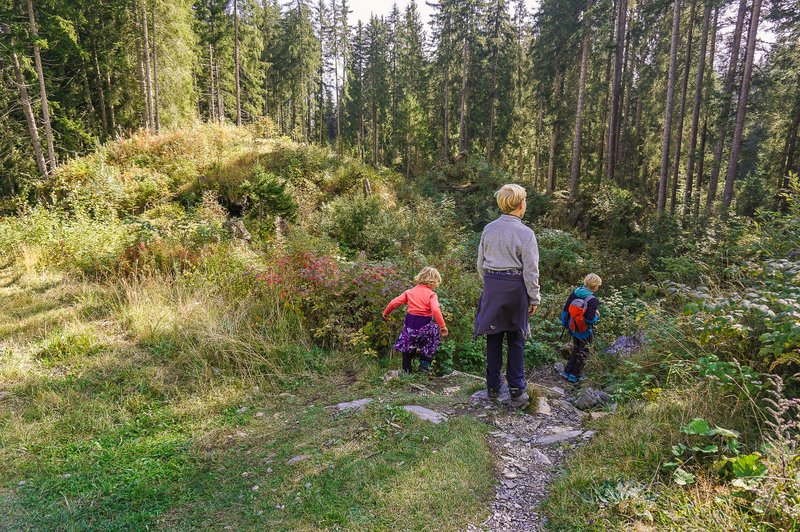
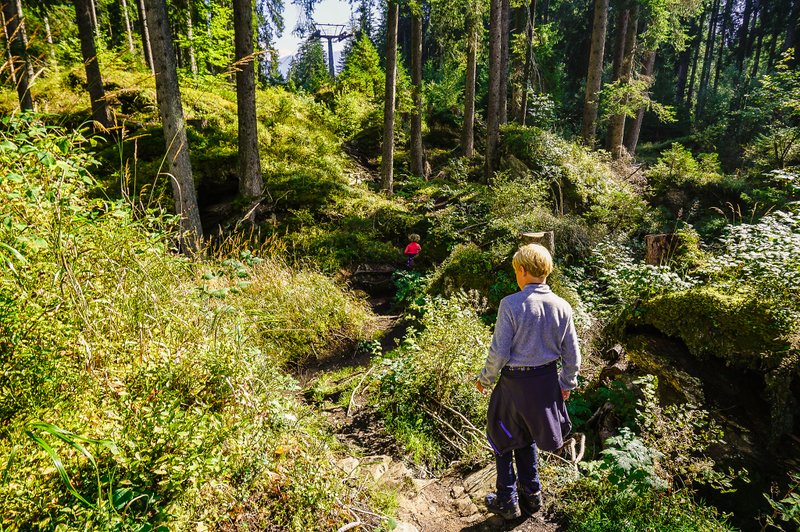
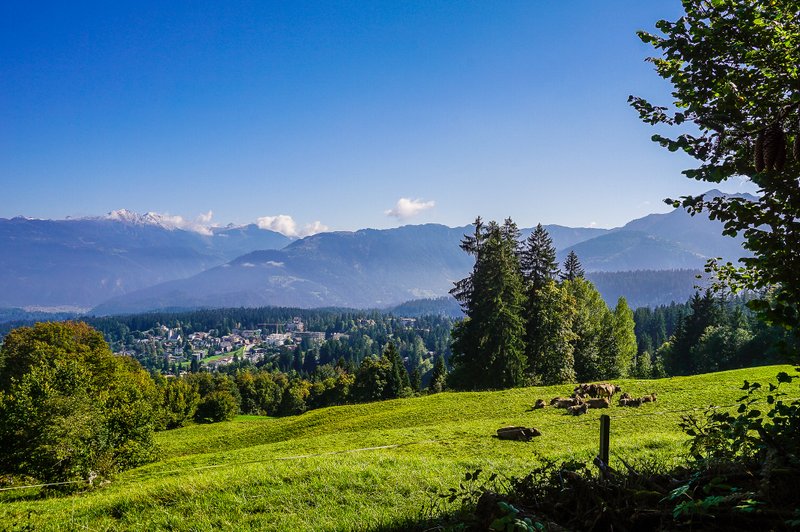
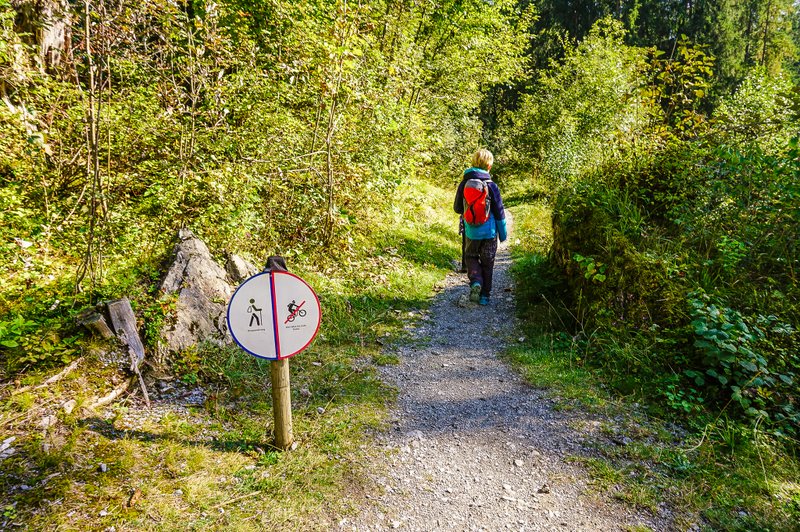
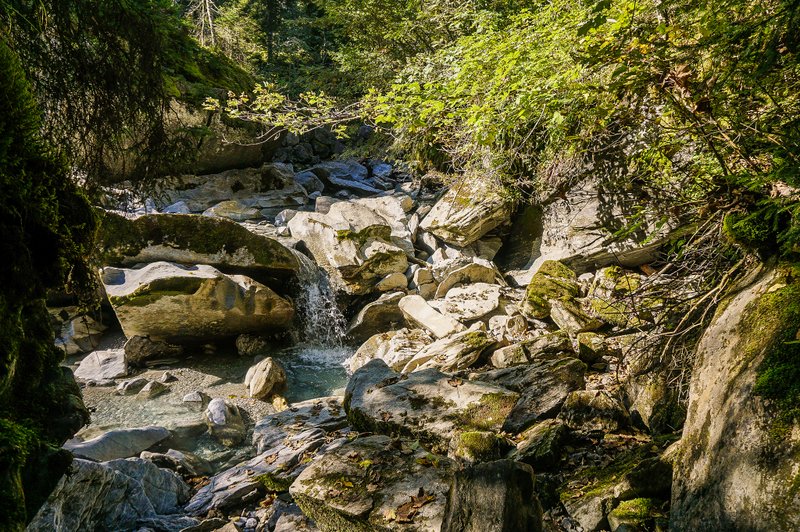
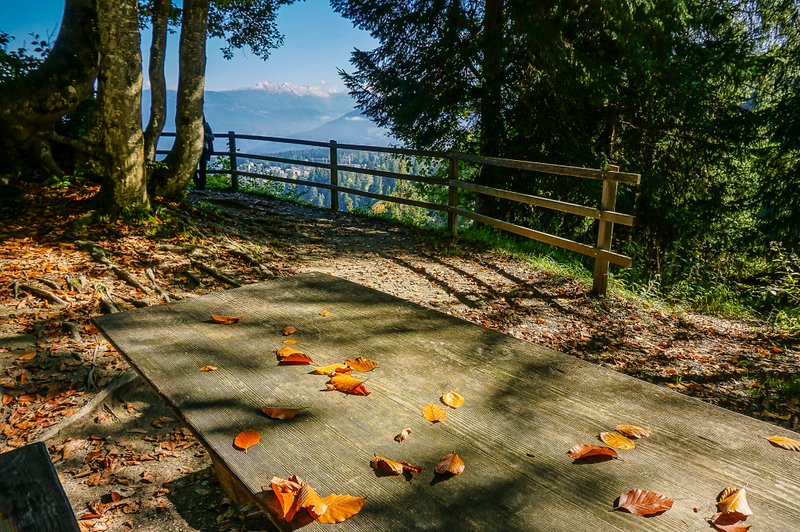
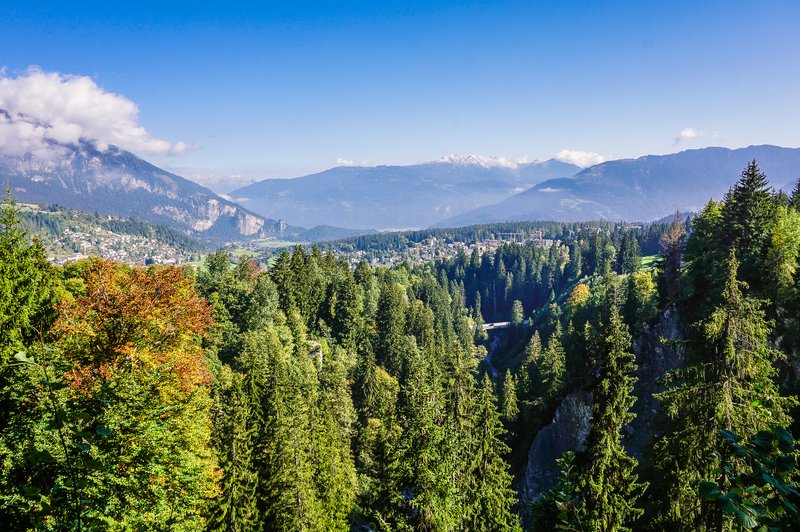
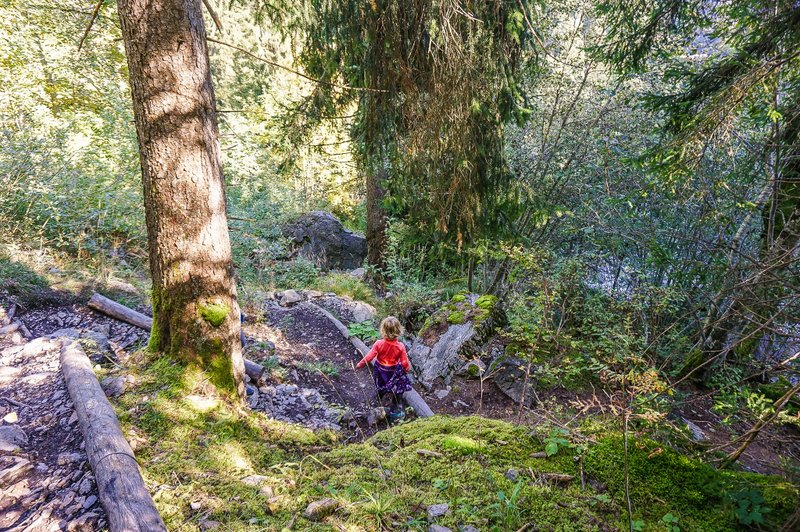
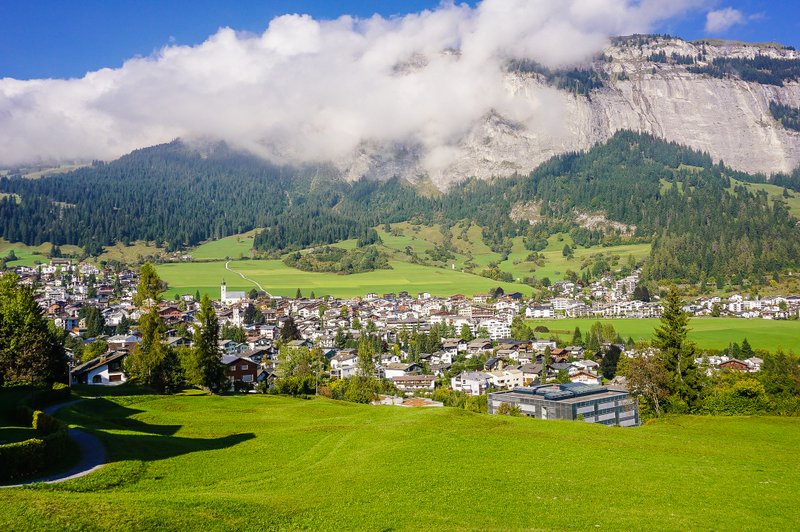
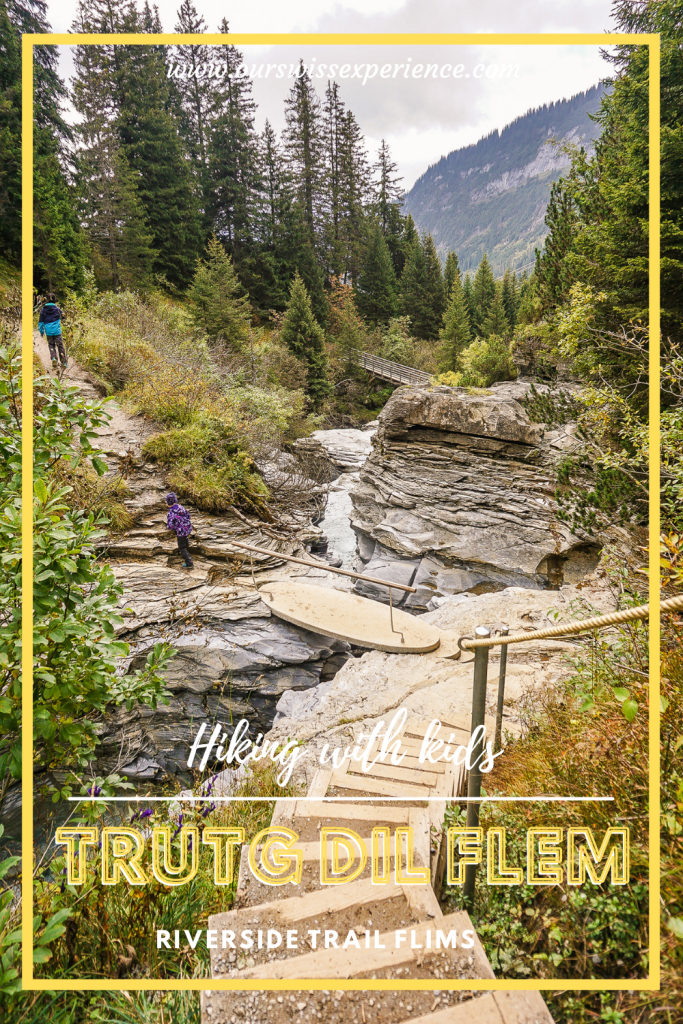
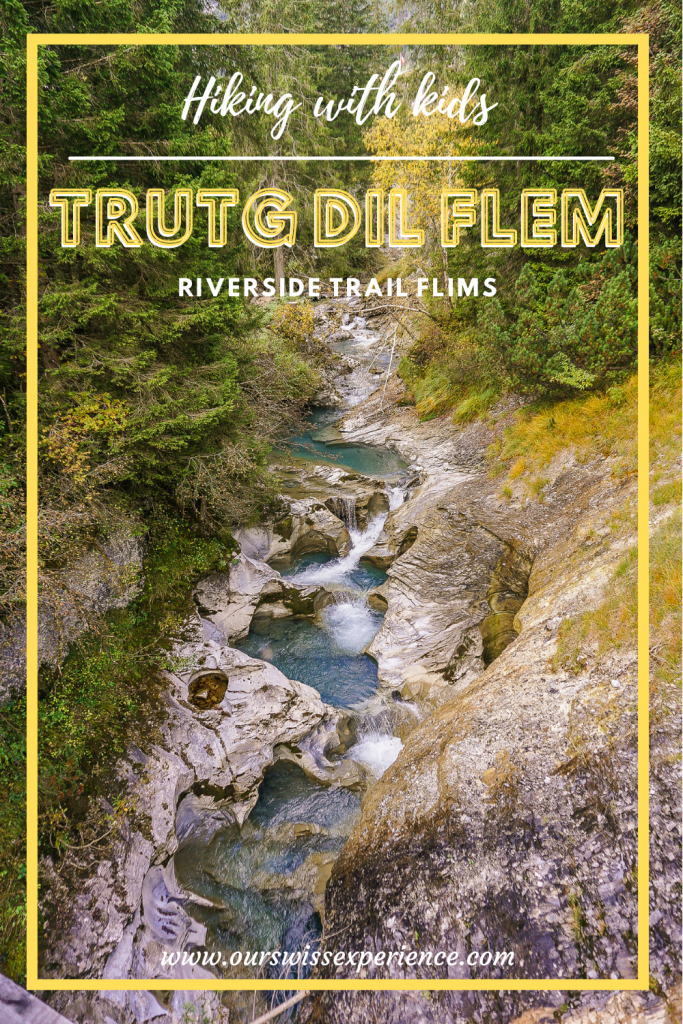
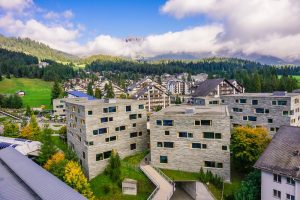
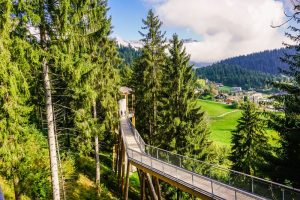

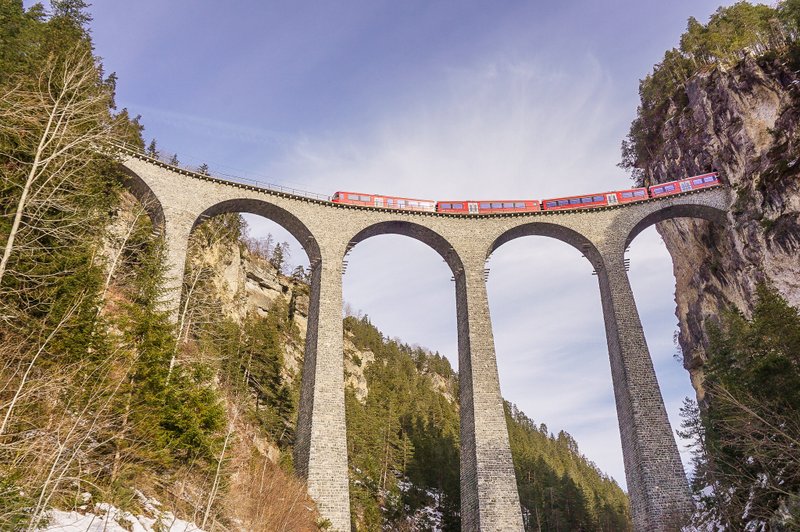
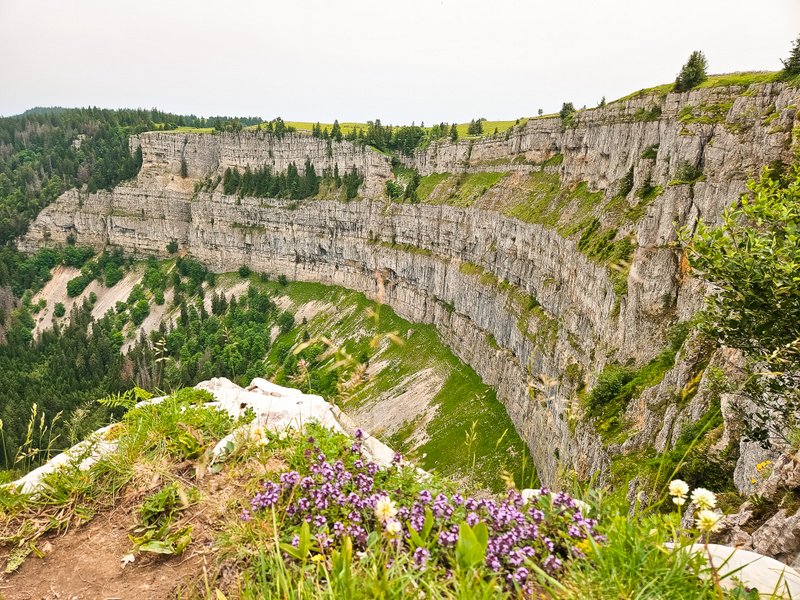
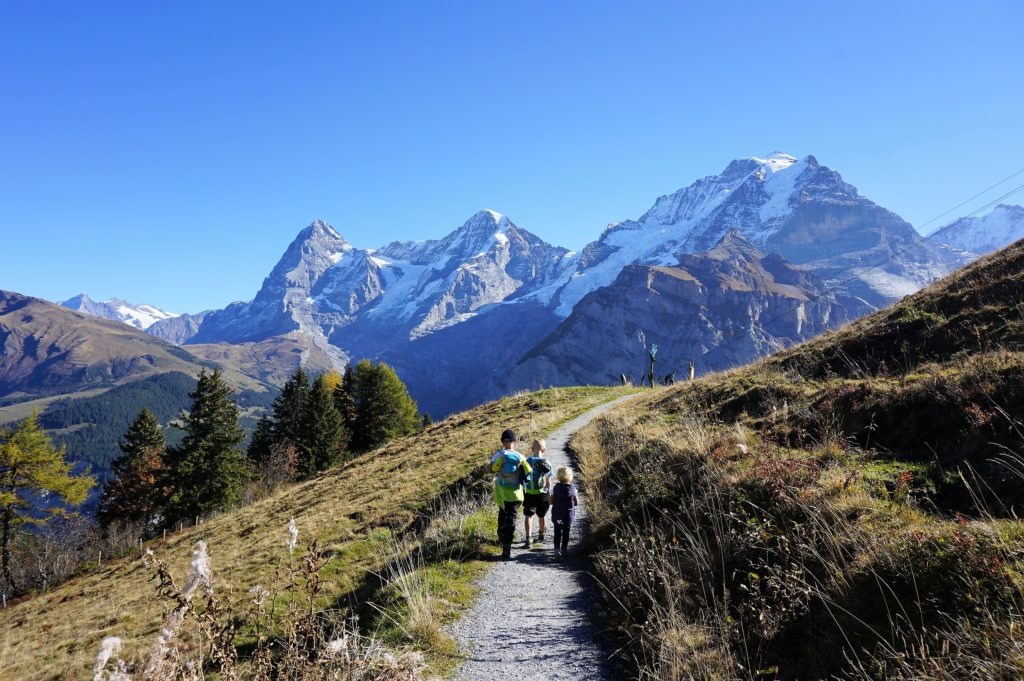





2 Comments. Leave new
[…] the winter. Of course, hiking enthusiasts will also find something to do here. We took the famous Trutg dil Flem trail – the “riverside path” that leads from the spring of the river Flem to the center […]
[…] Hiking with kids: The Trutg dil Flem riverside trail Our family autumn weekend at the rocksresort Laax Hiking with kids: The Trutg dil Flem riverside trailYour practical guide to Cinque Terre, Italy […]